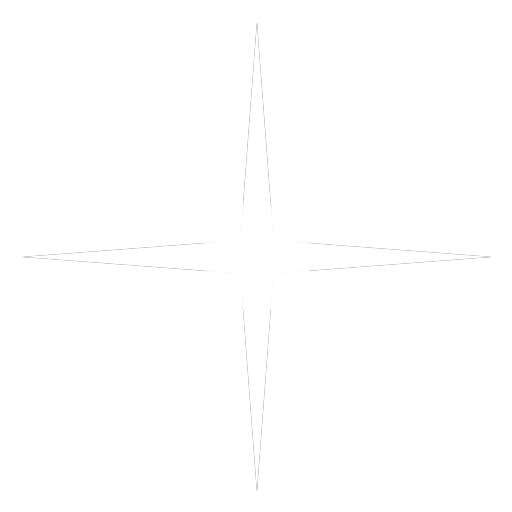Link to widefield Image: https://svenarnold.com/2024/02/12/flaming-star-nebula-ic-410-ic-405-a-widefield/
Link to Image of Tadpole Nebula: soon
IC 410 / NGC 1893
NGC 1893 refers to a small open star cluster in the Auriga constellation. IC 410 describes the associated HII region. It is assumed that the region is approximately 4'500 light years away from Earth.
Flaming Star Nebula
IC 405, also known as the Flaming Star Nebula, is also located in the Auriga constellation and is an emission and reflection nebula. The nebula is located approximately 1'500 light years from Earth. The irregular, variable star AE Aurigae lights the Flaming Star Nebula.
Sources:
https://en.wikipedia.org/wiki/NGC_1893
https://en.wikipedia.org/wiki/IC_405
AE Aurigae
AE Aurigae is an O-type main sequence star. It has also been classified as an Orion-type variable star. Furthermore, AE Aur is special because it is a 'runaway star'. This means that it is travelling much faster than the rest of the interstellar medium that surrounds it. AE Aur was probably ejected during a collision with another binary star system. This collision was traced back to the Trapezium cluster in the Orion Nebula two million years ago. This means that the star responsible for the glow of the Flaming Star Nebula did not form within this nebula, but is now travelling through it at high speed.
Main sequence
Astronomers use the 'main sequence' to classify stars. If you compare stars by colour and brightness in a diagram, you can see a continuous band. Stars that are in this band are called main sequence stars. Such a diagram is called a Hetzsprung-Russell diagram after Ejnar Hertzsprung and Henry Norris Russell. The position of a star on this band also provides information about the life cycle of the star.
According to the main sequence, stars can be categorised into the following types:
O-type, B-type, A-type, F-type, G-type, K-type and M-type. There is a mnemonic to remember this sequence: O be a fine girl kiss me. These types describe the temperature of the photosphere of a star. The photosphere of our sun, for example, has a temperature of 5'772 Kelvin. This puts it in the G-type class. Combined with the brightness of the sun (given as 1 in the Hertzsprung-Russell diagram), the sun falls into the main sequence.
Bright stars with a high temperature therefore fall into the O-type and tend to glow blue. Less bright and cooler stars tend to fall into the M-type and glow dark red.
Stars that do not fit into the Main sequence are 'Supergiants', 'Bright Giants', 'Giants', 'Subgiants' and 'White Dwarfs'
Hertzsprung-Russell diagram from Wikipedia:
Orion variable Stars
Orion variable stars such as AE Aurgiae (AE Aur for short) exhibit irregular and eruptive fluctuations in brightness. They are typically associated with diffuse nebulae. It is assumed that these are young stars that later become regular (non-variable) main sequence stars.
Sources:
https://en.wikipedia.org/wiki/AE_Aurigae
https://en.wikipedia.org/wiki/Stellar_kinematics#Runaway_stars
https://en.wikipedia.org/wiki/Main_sequence
https://en.wikipedia.org/wiki/Sun
https://en.wikipedia.org/wiki/Orion_variable
Tadpole Nebula
The Tadpole Nebula, or IC 410, gets its name from two smaller emission nebulae with bright rims of ionised gas. This form of emission nebula is quite common and is also called 'gas gloubules'. These two nebulae look a bit like tadpoles, hence the name. The nebulae are listed in the Simeis catalogue with the numbers 129 and 130.
Sources:
https://www.constellation-guide.com/tadpole-nebula-ic-410/







